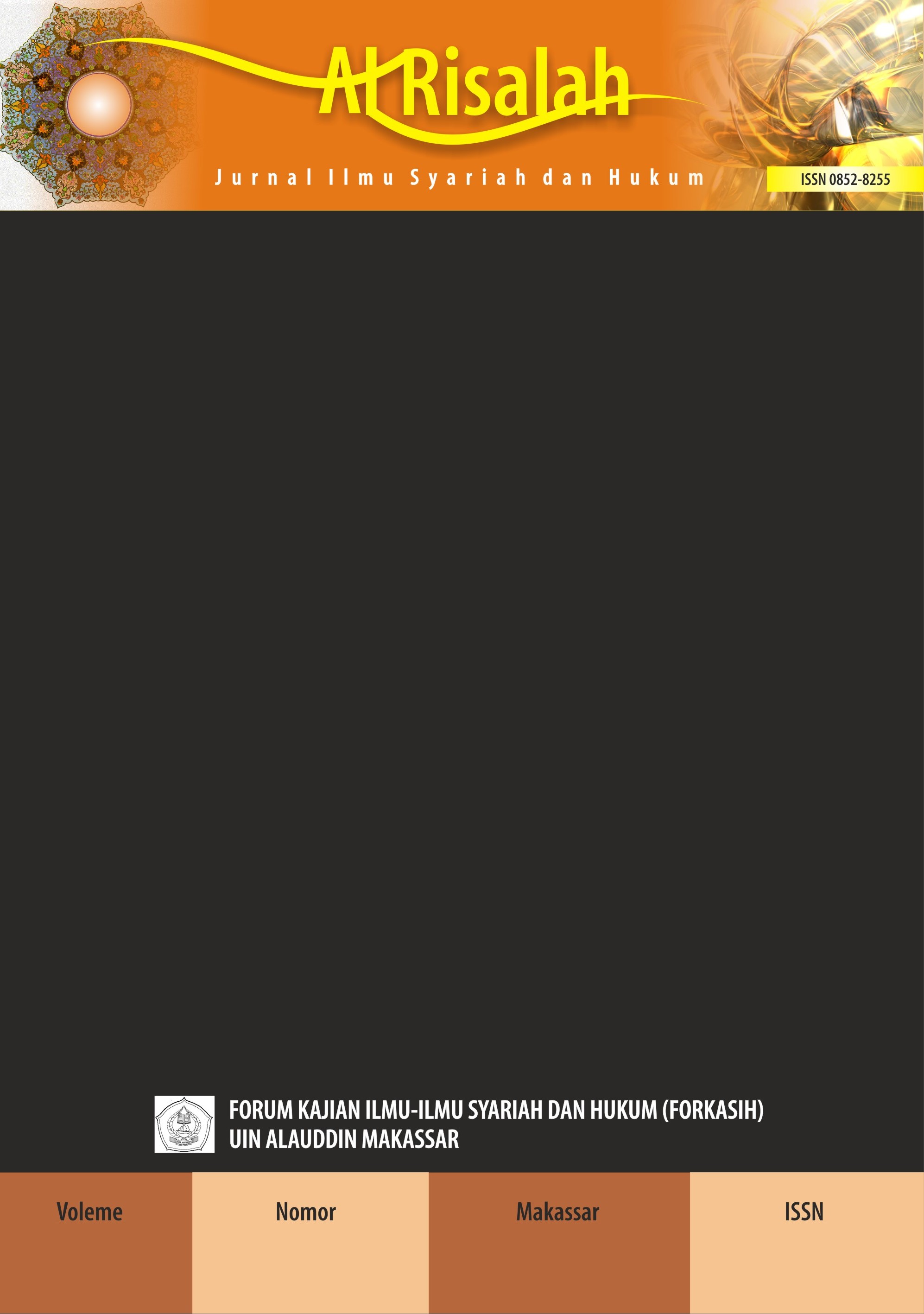THAHARAH LAHIR DAN BATIN DALAM AL-QURAN (Penafsiran terhadap Qs. Al-Muddatsir/74:4 dan Qs. Al-Maidah/5:6)
Abstract
One of the fundamental problems of the religious diversity of most Muslims today is that they are religiously textual or infantile, minus the meaning of irfani. They are religious limited to rituals and lack of inner meaning. As a result they stop in religion at the means and do not arrive at the religious goals. For example, they only feel that they are sufficient in sharia ablution or prayer but minus the inner meaning or essence. As a result, the ablution and prayer that they perform does not lead to the essence of religion, the essence of ablution and the essence of prayer. This paper discusses how the inner or irfani meanings of the essence of thaharah and the nature of wudoo, without ignoring the core meanings (syar'iyah and bayani).
References
Al-Quran al-Karim
Ash-Shabuniy. Muhammad Ali, Shafwatut Tafasir. Bairut: Dar al-Fikr, t.th.
Al-Baqi. Muhammad Fuad Abdul. Mu’jam Mufakhras li Alfaz al-Quran. Bairut: Dar al-Fikr. T. th.
Al-Damaghaniy. Al-Husain Ibn Muhammad. Qamus al-Quran. Bairut: Daar al-Alamiin. T.th.
Al-Ashfaniy, Mufardaat li Alfaz al-Quran. Bairut: Daar al-Syamiyah. T.th.
Ibnu Zakariah. Abi Husain Ahmad Ibnu Faris. Maqaayis al-Lughat. Bairut: Daar al-Fikr. T.th.
Munawwir. Ahmad Warson. Kamus al-Munawwir.
Shihab. Quraish. Tafsir al-Misbah. Jakarta: Lentera Hati. 2001.
Zuhaili. Wahbah. Tafsir al-Munir. Bairut: Dar al-Ilm. T.th.


